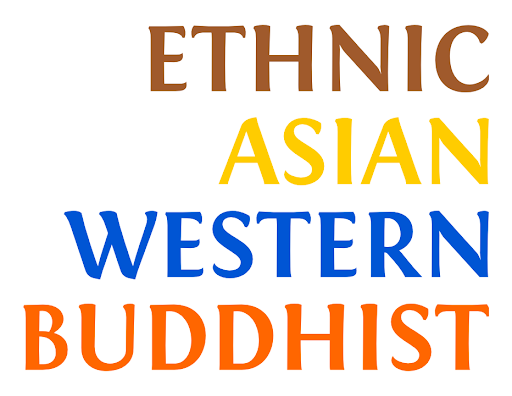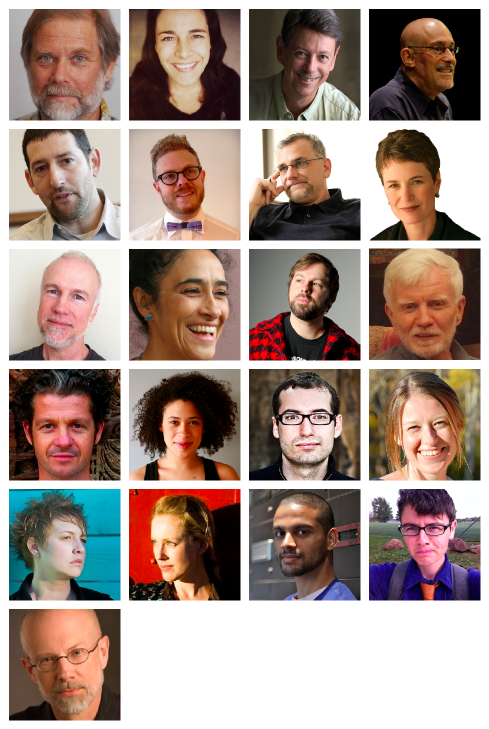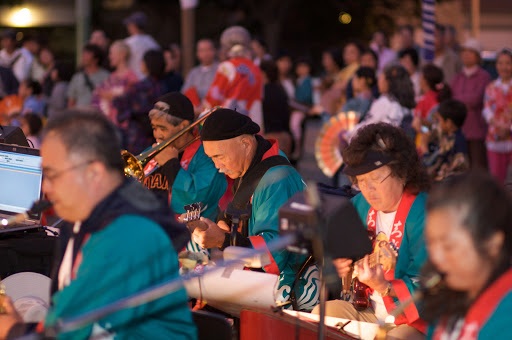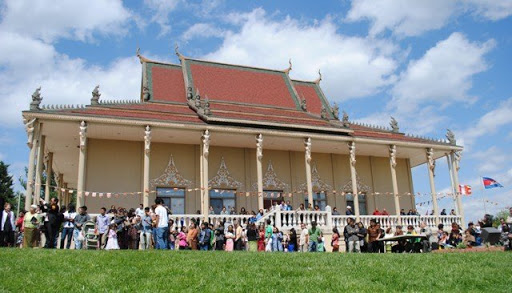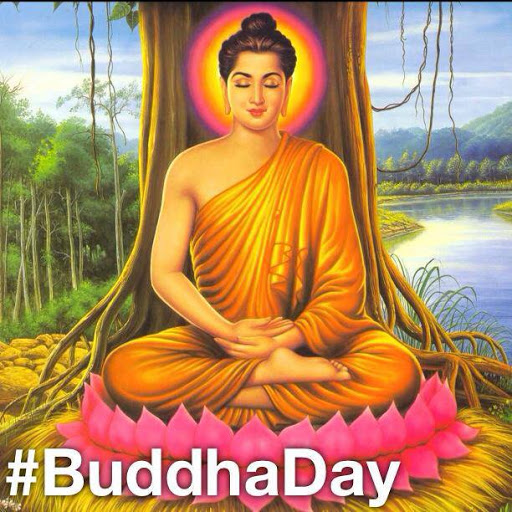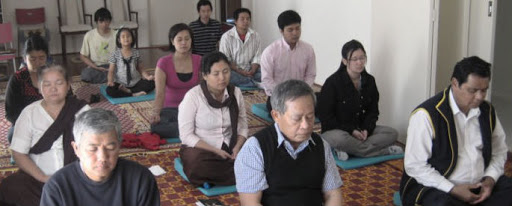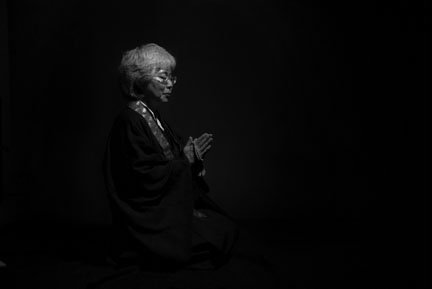Buddhist Asian Americans are often surprised to encounter so many stereotypes about us. For all the claims we mostly keep to ourselves in “ethnic enclaves,” there seems to be a rather thorough set of stereotypes about people whom most white Buddhists claim to barely know. Worse yet is that these stereotypes are routinely cited as solid facts.
The stereotypes are generally about how different we are from “American Buddhists.” These might sound familiar: We Buddhist Asian Americans are basically immigrants. We cannot speak English and carry a more supernatural bent. We focus our energies into holidays and spiritual beliefsinstead of meditative practices. We really “place little emphasis on meditation.” Some of us are Oriental monks who bring our exotic teachings to the West. The temples we attend aren’t about spreading the Dharma—they’re just ethnic social clubs. I could go on.
These stereotypes fall into two or three categories. You are probably most familiar with the Oriental Monk and the Superstitious Immigrant, but there’s another emerging icon that I’ve seen with increasing frequency: the Banana Buddhist. Call it a typology of Asian American Buddhist stereotypes—or a stereotypology, if you will.

He came from Asia, where he became an authority in authentic Buddhism sometime in the distant past. He has no family to hold him down, so he’s come here to be your guru. He’ll sit in the zendo, cross-legged in his Oriental robes, and teach you in his accented English that “authenticity” resides in your heart, not in what you say or do. Sure, there’s a lot about the modern world he isn’t familiar with, but that’s fine because his sole purpose is to pass along the authority and authenticity of his teachings so that you can make Buddhism better, more modern and more relevant in a way that he frankly never could.
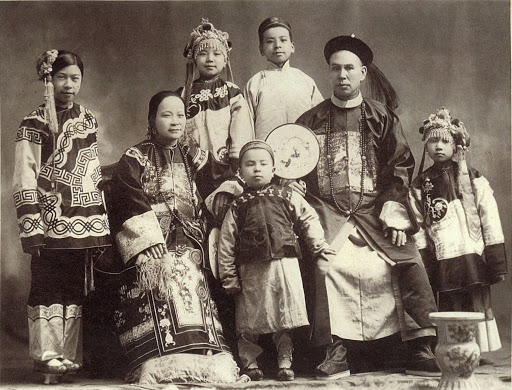
She came here from some war-torn Asian country and settled down in a nice little ethnic enclave with other people like her. Not only does she believe in gods and spirits, she prays to them daily to ensure that her kids get top-notch test scores. Oh, sure she may “speak” English, but only just barely. You pretty much already know what she thinks and believes about Buddhism—what you don’t know of what she thinks you can look up online or isn’t going to be real Buddhism anyway—so why bother to even ask? Just take some photos of her around the temple with your DSLR. You can sell those photos to Tricycle.
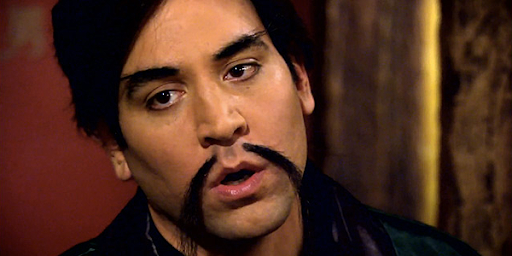
She’s basically a white person who happens to be Asian. She speaks English surprisingly well and barely a word of whatever Asian dialect her parents spoke. She cooks non-ethnic food, uses the dishwasher and crosses her chopsticks. She may have been raised by Superstitious Immigrant, but she’s renounced that backwards and foreign worldview. She probably doesn’t even identify as Asian. You can find her at yoga Thursdays and your zendo’s weekend sits, where she’ll sit quietly in the back and not make much of a fuss. It really doesn’t matter if she doesn’t speak up because whatever she says isn’t going to be any different from what the white Buddhists are saying.
Remember, I’m listing stereotypes, not describing Buddhist Asian Americans. These stereotypes’ salient characteristics are rooted in what has been said and written about us and are often taken as fact by those with limited exposure to the real diversity of Buddhist Asian Americans. After all, most of us are neither Oriental Monk, Superstitious Immigrant or Banana Buddhist—although some of the characteristics may pick at our insecurities. (I use the dishwasher.)
It’s important to be mindful of these stereotypes and how they shape our own perceptions. If you choose to think of us as Superstitious Immigrants, you will never accept us as real Americans. If you choose to think of us as Banana Buddhists, you then trivialize the value of our heritage. The best way to uproot these stereotypes is first to stop perpetuating them, to encourage others to stop perpetuating them, and then to actually start spending some more time getting to know Buddhist Asian Americans for who we really are.
